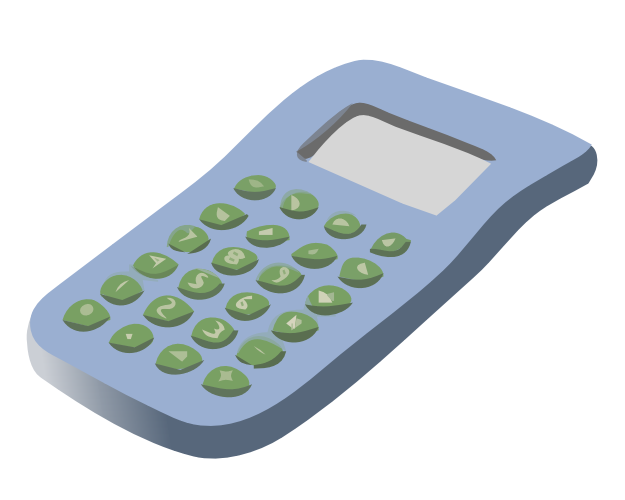To perform the Double-Sideband Suppressed-Carrier (DSB-SC) Amplitude Modulation.
Modulation is a process of translating information signal from low band frequency to high band frequency that is suits the transmission medium. Information signal is usually of low frequency, so it cannot travel far. It needs a carrier signal of higher frequency for long distance destination. Amplitude Modulation ( AM ) refers to the modulation technique where the carrier’s amplitude is varied in accordance to the modulating signal’s amplitude. The amplitude of a high frequency sine wave usually at a radio frequency is varied in direct proportion to that of a modulating signal. The high frequency sine wave ( the carrier ) is modulated by adding the modulating signal to it in a mixer.
 |
Modulating a carrier wave by adding another, lower frequency signal results in a signal that has most of its power concentrated in the carrier, with the rest shared between two sidebands, one above the carrier in frequency and one below it. The process of creating these sideband frequencies by adding another signal to the carrier is known as heterodyning . The bandwidth of each sideband is equal to that of the modulating signal, and the two sidebands are mirror images of each other, each carrying the same information as the original audio signal. This type of basic amplitude modulation, which results in two sidebands and a carrier, is usually referred to as double sideband amplitude modulation ( DSB - AM ) . The power efficiency of the transmitter can be increased by removing (suppressing) the carrier from the AM signal to create a reduced-carrier transmission, ordouble-sideband suppressed-carrier ( DSB - SC ) . DSBSC is three times more power-efficient than DSB - AM.
In AM modulation, transmission of carrier consumes lot of power. Since, only the side bands contain the information about the message, carrier is suppressed. This results in a DSB - SC wave.







